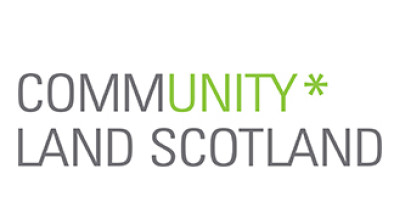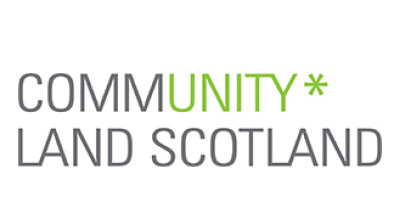One-fifth of all community owned assets are in urban areas, Community Land Scotland finds

A new report published by Community Land Scotland has revealed that 20% of all community-owned assets are now urban, and not just rural.
The change came about following the Community Right to Buy extended to cover urban areas in 2016. Almost £7 million of funding was provided by the Scottish Land Fund to enable the buy-outs.
Ailsa Raeburn, chair of Community Land Scotland, said: “In the five years since the introduction of the game-changing Community Empowerment Act and the extension of the Scottish Land Fund to all of Scotland’s communities, the energy, ambition and achievements of Scotland’s urban communities has been inspiring.”
From Dumfries to Aberdeen, people have been using the new powers and funding made available to them by the Scottish Government since 2016 to buy and run shops, redundant churches, community centres, High Street buildings, woodland, parks, pubs and bowling greens.
Although urban communities owning assets was not a new phenomenon – the great stories of Glasgow’s first housing associations have much to teach us about a community’s refusal to take ‘no’ for an answer, often in the face of intransigent authorities – what has happened since 2016 places Scotland at the front and centre of international urban land reform and community led regeneration. In the five years since the introduction of the game-changing Community Empowerment Act and the extension of the Scottish Land Fund to all of Scotland’s communities, the energy, ambition and achievements of Scotland’s urban communities has been inspiring.
When Covid hit, many of these community groups were able to build on the credibility and reach of their organisations to respond quickly and effectively to the crisis, often being first on the scene and well ahead of larger agencies. Now many of them are turning their focus towards providing local leadership and action on the huge issue of the climate crisis.
Community Land Scotland said the struggles many of them had to go through – to save their local facility or bring a derelict building or site back into use, or campaign for local regeneration – has given them the strength and skills to respond to these new challenges.
Ailsa Raeburn, chair of Community Land Scotland, added: “There are so many successes from the first five years of urban land reform in Scotland. The report we are launching today – ‘From Barmulloch to Bonnymuir Green: This is not just a rural story’ – highlights the vision and tenacity of urban community owners and establishes the transformational impact of community ownership and community-led development in urban areas. From the ‘Organised Acts of Kindness’ at Kinning Park during the Covid crisis to the major redevelopment plans in Dumfries, communities are demonstrating the depth and breadth of their vision and capacity for delivering change.
“If all of this could be achieved in just five years, it’s exciting to think about what the next five will bring.”
John Watt, outgoing chair of the Scottish Land Fund, commented: “Community ownership empowers communities. It allows them to build on their strengths as they think about their future. Over the last five years across Scotland’s towns and cities, the Scottish Land Fund has supported flourishing groups to fulfil their potential as by owning land, property and other assets they have been able to generate income, create jobs, provide vital services, enhance local amenities and undertake projects that retain and attract new people to their communities. It is a privilege to work with communities and enable them to take control of their futures and become stronger.”
Cabinet secretary Roseanna Cunningham said: “Scotland’s urban communities have made remarkable progress in seizing the opportunities presented by the extension of the Community Right to Buy Act to the whole of Scotland including urban areas. The subsequent extension of the Scottish Land Fund to match that has also been a major support to community groups across the country.
“Their achievements are a credit to the vision and hard work of so many volunteers who work tirelessly to make their local communities a better place. There has been a lot of progress in the last 5 years, but there is more yet to be done and I look forward to further progress being made in the next five years.”








